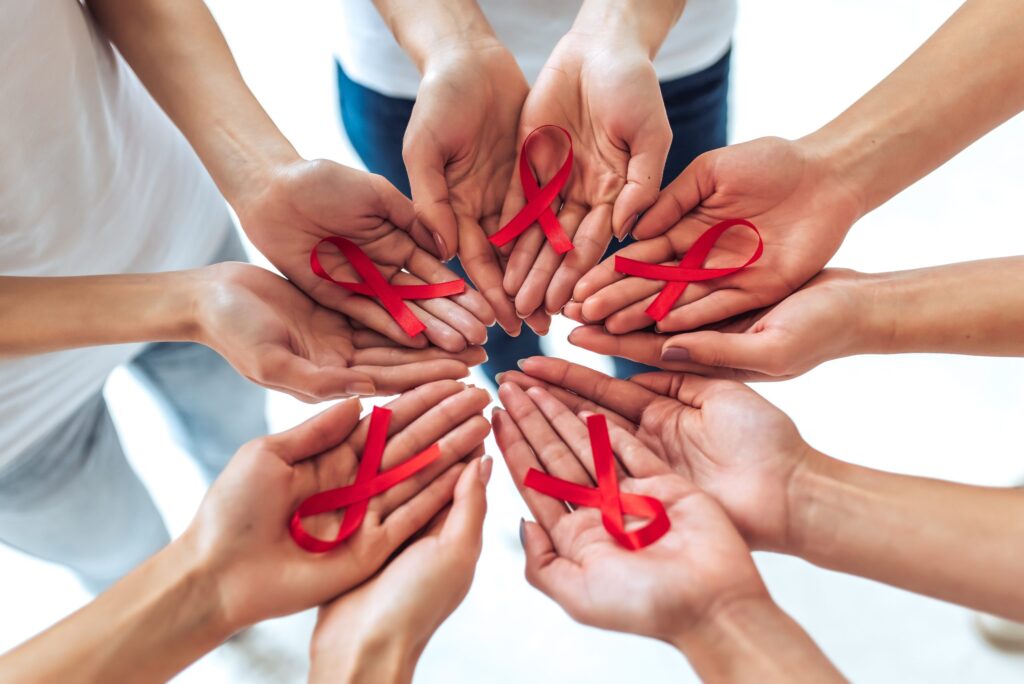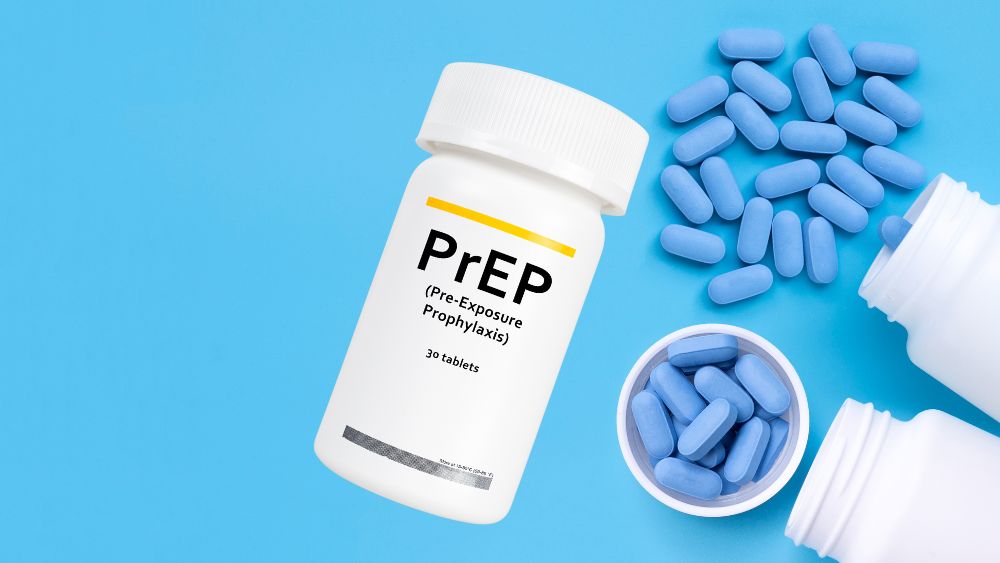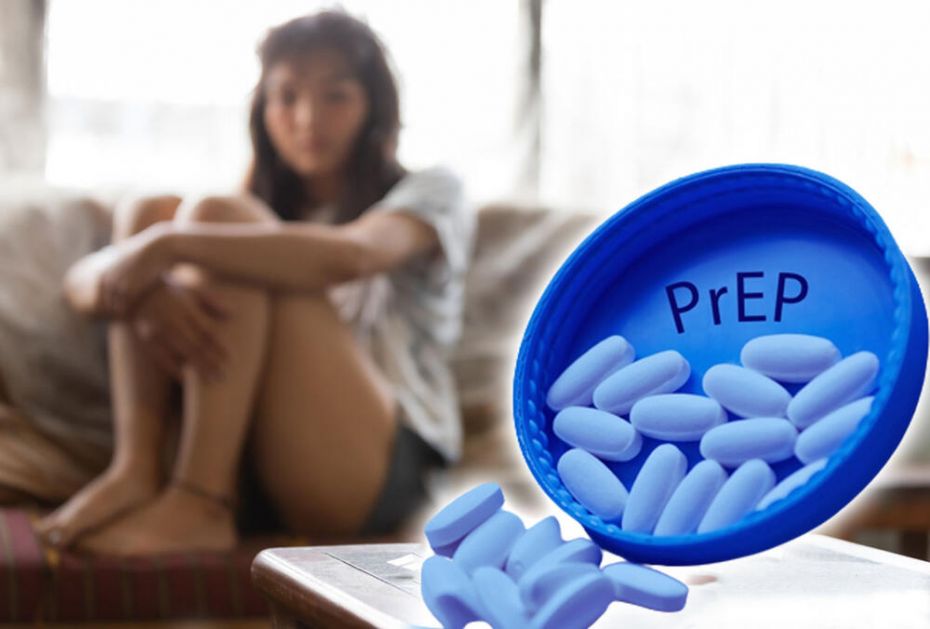The battle against HIV/AIDS has been long and arduous, making it one of the defining medical challenges of the late 20th and early 21st centuries. PrEP (Pre-Exposure Prophylaxis), representing one of the most crucial advancements, has dramatically transformed the trajectory of this battle. This dive into PrEP’s history, research, and modern implications reveals not just a medical evolution, but also societal shifts, and a beacon of hope.
Early Developments in HIV Prevention
When HIV/AIDS first came to global prominence in the early 1980s, it was a source of great fear. The public understanding was limited, leading to widespread panic. Early methods of prevention, such as promoting condom use, were crucial yet lacked comprehensive efficacy. These rudimentary protective measures were necessary, but the medical community recognized a need for more direct interventions. The late 80s and 90s saw a proliferation of antiretroviral therapies (ARTs) aimed at treating HIV. These therapies, though initially expensive and with notable side effects, paved the way for advancements in prevention. By decreasing viral loads in patients, they made transmission less likely, subtly hinting at the prophylactic potential of these drugs.

Emergence of Pre-Exposure Prophylaxis (PrEP)
Fast forward to the 2000s, and with the continuous advancements in HIV research, an intriguing strategy was proposed: Why not use antiretrovirals as a protective measure for those at high risk but not yet infected? This idea laid the groundwork for PrEP. Theoretically, by taking specific drugs before exposure, one could prevent the virus from establishing a foothold. PrEP’s potential was evident early on. By harnessing the power of antiretroviral drugs, it offered a proactive solution. For those in high-risk populations, the promise of the medication represented not just a medical safety net, but a reclaiming of agency in the shadow of a looming threat.
Pioneering Research and Clinical Trials
Initial studies in the mid-2000s revolved around a drug named Tenofovir. Laboratory tests showed that tenofovir could block HIV replication, making it an ideal candidate. By the end of the decade, several clinical trials confirmed that oral intake of tenofovir-based regimens could significantly lower HIV acquisition. As more trials commenced, the data looked promising. Diverse populations – from MSM (men who have sex with men) to heterosexual couples where one partner was HIV-positive – all showed reduced transmission rates when taking the drug. This data provided the springboard for PrEP’s wider acceptance in the healthcare domain.
PrEP Formulations and Dosage Regimens
Originally, PrEP was administered as a daily pill. This regimen, though effective, posed adherence challenges for some. Recognizing this, researchers pursued alternate dosing schedules and methods of delivery, aiming to enhance user commitment. Subsequent research led to exciting breakthroughs. Apart from daily regimens, event-driven or on-demand dosing – taking PrEP pills before and after potential exposure – emerged as an alternative. Topical formulations, such as gels and intravaginal rings, also entered clinical trials, expanding potential avenues for PrEP administration.

Challenges and Controversies
However, PrEP’s journey wasn’t without obstacles. Critics argued that widespread usage might result in reduced condom use, potentially increasing the spread of other STDs. Questions arose about long-term side effects, cost, and the ethical implications of prescribing antiretroviral drugs to HIV-negative individuals. As adoption grew, so did the debates. Concerns emerged over “PrEP resistance,” where the virus could potentially mutate and resist the prophylactic drugs. Nevertheless, the tangible benefits of PrEP, especially for high-risk populations, underscored its continued relevance and importance.
Global Awareness and Advocacy for PrEP
The global health community soon took notice. From the WHO to the CDC, leading health organizations began to endorse PrEP. These endorsements catalyzed a surge in awareness campaigns, targeting high-risk communities and healthcare professionals alike, emphasizing PrEP’s potential in curbing the pandemic. Yet, advocacy wasn’t just institutional. Grassroots movements, particularly within LGBTQ+ communities, rallied behind PrEP. Personal stories showcased PrEP not merely as a medical intervention but as a tool for empowerment, autonomy, and community protection.
Integration into Healthcare Systems
PrEP’s introduction into mainstream healthcare necessitated a reconceptualization of HIV prevention strategies. Comprehensive training programs for healthcare providers, coupled with counseling sessions for potential users, became standard protocol in many regions. These efforts aimed to ensure informed decisions and optimal adherence. Countries began to subsidize PrEP costs, recognizing its immense public health benefits. This state-backed support, coupled with continuous pharmaceutical innovations, made PrEP more accessible, heralding a new era in proactive HIV prevention.

PrEP’s Role in Reducing HIV Transmission Rates
Data soon bore testament to PrEP’s efficacy. Regions with high PrEP adoption saw noticeable declines in HIV transmission rates. For instance, cities like San Francisco and London reported significant reductions, attributed in part to PrEP’s widespread use. This positive trend wasn’t just restricted to urban hubs. From sub-Saharan Africa to parts of Asia, localized studies documented the protective impact of PrEP. This ripple effect marked a turning point, emphasizing PrEP’s crucial role in global HIV prevention strategies.
Evolving Societal Attitudes and Stigma
Yet, the medical benefits of PrEP were just one facet of its story. Societally, PrEP began to play a role in eroding long-standing stigmas associated with HIV. As more individuals adopted PrEP, conversations around HIV started to shift, from fear and misunderstanding to informed discussions and preventive action. This sea change in perception didn’t occur overnight. Tireless advocacy, both from affected communities and allies, drove a shift from viewing HIV solely as a dreaded diagnosis to understanding it as a manageable condition, preventable with tools like PrEP.
Addressing Health Disparities Through PrEP
Notably, PrEP had implications beyond just HIV prevention. It served as a spotlight, highlighting existing health disparities. Some communities, due to socioeconomic or racial factors, faced higher HIV risks. Recognizing this, targeted PrEP initiatives emerged, aiming to bridge these gaps. By addressing these disparities head-on, PrEP became more than a pill; it was a statement, a commitment to ensuring equitable health outcomes. Governments and NGOs collaborated to make PrEP accessible to marginalized groups, ensuring that prevention wasn’t a privilege but a right.

Innovations in PrEP Delivery and Access
In the quest for enhanced accessibility, innovative delivery mechanisms came to the fore. Telemedicine platforms offered virtual consultations, and mail-order services provided discreet delivery. Community-led initiatives, from pop-up clinics to awareness drives in local languages, further demystified PrEP. These innovative strategies weren’t just about broadening reach. They were a testament to the adaptability and resilience of global health strategies, ensuring that as many individuals as possible could benefit from PrEP’s protective shield.

